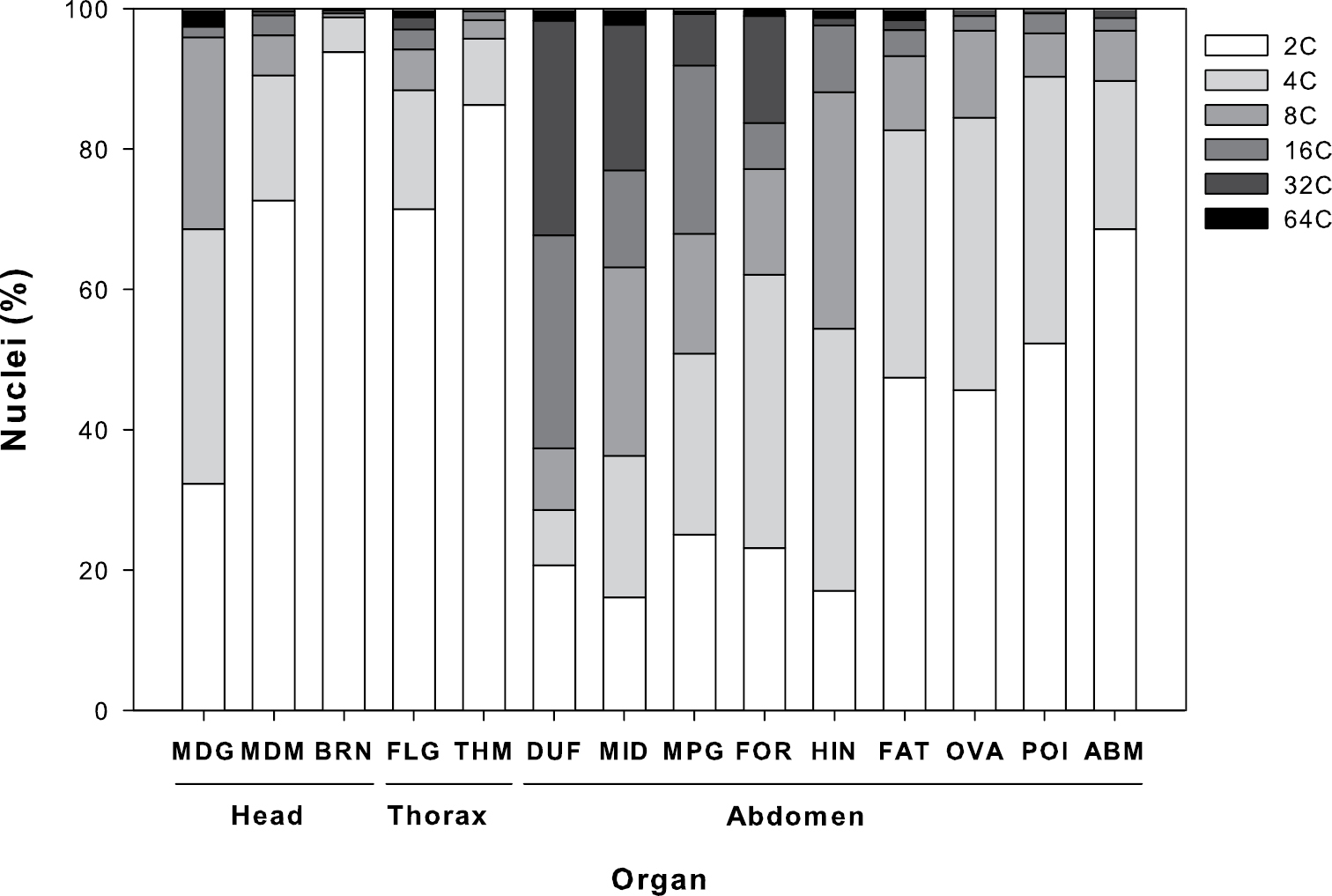|
Triticum Zhukovskyi
''Triticum zhukovskyi'', or Zhukovsky's wheat, is a hexaploid wheat, very closely resembling the Triticum timopheevii, a tetraploid variety of wheat. ''T. zhukovskyi'' was first observed in Western Georgia in close proximity to ''Triticum timopheevii'' and ''Triticum monococcum Einkorn wheat (from German ''Einkorn'', literally "single grain") can refer either to a wild species of wheat (''Triticum'') or to its domesticated form. The wild form is '' T. boeoticum'' (syn. ''T. m.'' ssp. ''boeoticum''), the domesticated ...'' and is believed to be an amphiploid arising from the cross of ''T. timopheevii'' and ''T. monococcum''.M. D. Upadhya & M.S. Swaminathan. (1963) ''Genome analysis in Triticum zhukovskyi, a New Hexaploid Wheat''. Springer-Verlag. p. 1. . References {{Taxonbar, from=Q15041710 Wheat ... [...More Info...] [...Related Items...] OR: [Wikipedia] [Google] [Baidu] |
Hexaploid
Polyploidy is a condition in which the cells of an organism have more than one pair of ( homologous) chromosomes. Most species whose cells have nuclei (eukaryotes) are diploid, meaning they have two sets of chromosomes, where each set contains one or more chromosomes and comes from each of two parents, resulting in pairs of homologous chromosomes between sets. However, some organisms are polyploid. Polyploidy is especially common in plants. Most eukaryotes have diploid somatic cells, but produce haploid gametes (eggs and sperm) by meiosis. A monoploid has only one set of chromosomes, and the term is usually only applied to cells or organisms that are normally diploid. Males of bees and other Hymenoptera, for example, are monoploid. Unlike animals, plants and multicellular algae have life cycles with two alternating multicellular generations. The gametophyte generation is haploid, and produces gametes by mitosis, the sporophyte generation is diploid and produces spores by meios ... [...More Info...] [...Related Items...] OR: [Wikipedia] [Google] [Baidu] |
Triticum Timopheevii
''Triticum timopheevii'', Timopheev's wheat or Zanduri wheat, is a tetraploid wheat that has both cultivated and wild forms. It is believed to have evolved in isolation from the more common ''Triticum turgidum''; hybrids between T. timopheevii and T. turgidum are reportedly sterile with "a considerable amount of chromosomal irregularities in meiosis." The wild form (formerly categorized as ''T. araraticum'' Jakubz.) can be found across south-eastern Turkey, north Iraq, west Iran and Transcaucasia - but the domesticated form is restricted to western Georgia Georgia most commonly refers to: * Georgia (country), a country in the Caucasus region of Eurasia * Georgia (U.S. state), a state in the Southeast United States Georgia may also refer to: Places Historical states and entities * Related to the .... References Wheat {{Pooideae-stub ... [...More Info...] [...Related Items...] OR: [Wikipedia] [Google] [Baidu] |
Tetraploid
Polyploidy is a condition in which the cells of an organism have more than one pair of ( homologous) chromosomes. Most species whose cells have nuclei (eukaryotes) are diploid, meaning they have two sets of chromosomes, where each set contains one or more chromosomes and comes from each of two parents, resulting in pairs of homologous chromosomes between sets. However, some organisms are polyploid. Polyploidy is especially common in plants. Most eukaryotes have diploid somatic cells, but produce haploid gametes (eggs and sperm) by meiosis. A monoploid has only one set of chromosomes, and the term is usually only applied to cells or organisms that are normally diploid. Males of bees and other Hymenoptera, for example, are monoploid. Unlike animals, plants and multicellular algae have life cycles with two alternating multicellular generations. The gametophyte generation is haploid, and produces gametes by mitosis, the sporophyte generation is diploid and produces spores by meio ... [...More Info...] [...Related Items...] OR: [Wikipedia] [Google] [Baidu] |
Triticum Monococcum
Einkorn wheat (from German ''Einkorn'', literally "single grain") can refer either to a wild species of wheat (''Triticum'') or to its domesticated form. The wild form is '' T. boeoticum'' (syn. ''T. m.'' ssp. ''boeoticum''), the domesticated form is '' T. monococcum'' (syn. ''T. m.'' ssp. ''boeoticum''). Einkorn is a diploid species (2''n'' = 14 chromosomes) of hulled wheat, with tough glumes ('husks') that tightly enclose the grains. The cultivated form is similar to the wild, except that the ear stays intact when ripe and the seeds are larger. The domestic form is known as "petit épeautre" in French, "Einkorn" in German, "einkorn" or "littlespelt" in English, "piccolo farro" in Italian and "escanda menor" in Spanish. The name refers to the fact that each spikelet contains only one grain. Einkorn wheat was one of the first plants to be domesticated and cultivated. The earliest clear evidence of the domestication of einkorn dates from 10,600 to 9,900 years before present ... [...More Info...] [...Related Items...] OR: [Wikipedia] [Google] [Baidu] |
Amphiploid
Polyploidy is a condition in which the cells of an organism have more than one pair of ( homologous) chromosomes. Most species whose cells have nuclei (eukaryotes) are diploid, meaning they have two sets of chromosomes, where each set contains one or more chromosomes and comes from each of two parents, resulting in pairs of homologous chromosomes between sets. However, some organisms are polyploid. Polyploidy is especially common in plants. Most eukaryotes have diploid somatic cells, but produce haploid gametes (eggs and sperm) by meiosis. A monoploid has only one set of chromosomes, and the term is usually only applied to cells or organisms that are normally diploid. Males of bees and other Hymenoptera, for example, are monoploid. Unlike animals, plants and multicellular algae have life cycles with two alternating multicellular generations. The gametophyte generation is haploid, and produces gametes by mitosis, the sporophyte generation is diploid and produces spores by meiosis ... [...More Info...] [...Related Items...] OR: [Wikipedia] [Google] [Baidu] |


